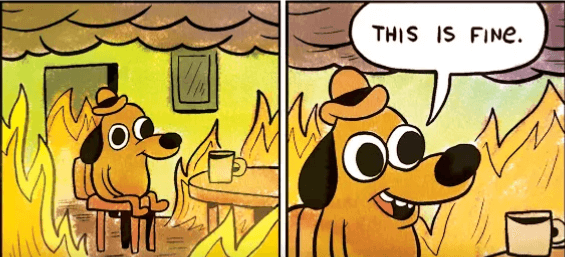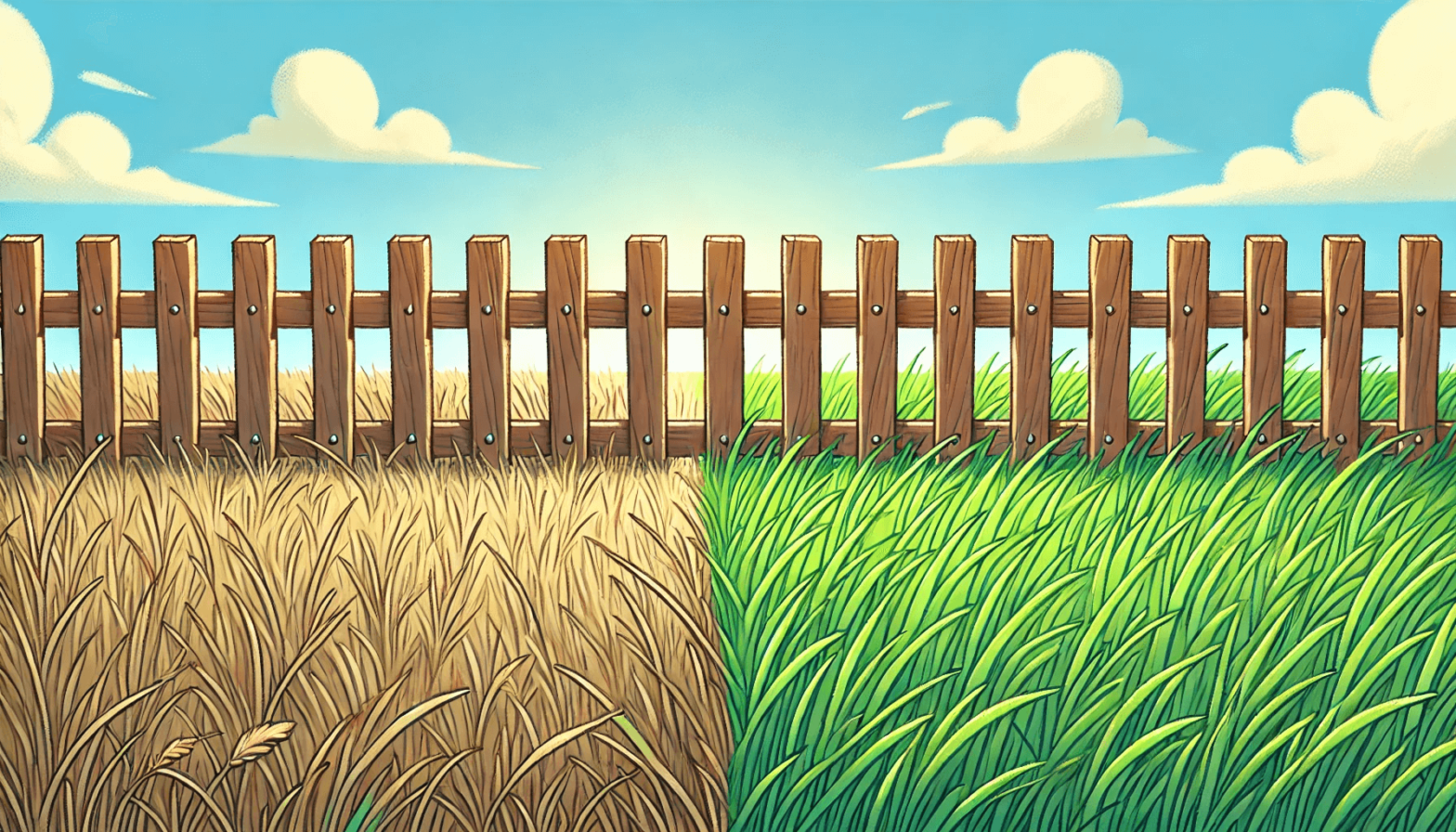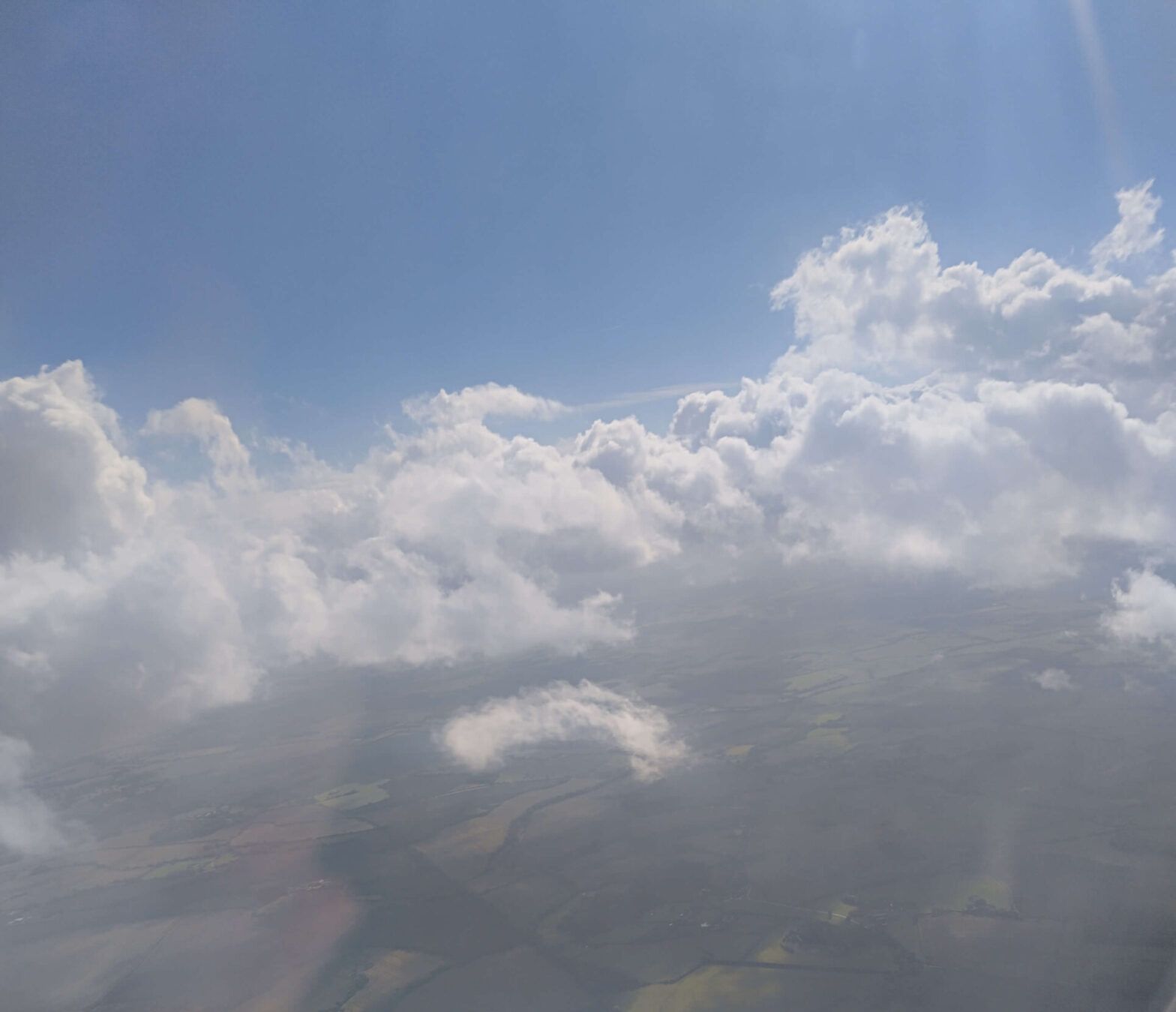Burnout is an issue encountered by many: remote work is no exception. Whether due to the fact that our work lives and personal lives are no longer fully separate, or due to social isolation or lack of motivation, remote workers frequently struggle from chronic stress or mental exhaustion, which can lead to burnout if not properly managed. Knowing how to manage our stress is critically important — and of course dealing with burnout itself isn’t always what we need to be thinking about. There are warning signs and stresses we can catch earlier on (not just outright mental collapse). Let’s explore ways we can manage and prevent burnout as remote workers.
What is Burnout?
If you’ve been feeling exhausted, mentally distant from your job, and not favorably of your performance at work, you may be feeling burnt out. Burnout is defined on the ICD-11 as “a syndrome conceptualized as resulting from chronic workplace stress that has not been successfully managed. It is characterized by three dimensions: Feelings of energy depletion or exhaustion; Increased mental distance from one’s job, or feelings of negativism or cynicism related to one’s job; and Reduced professional efficacy.
What are the signs of burnout? Symptoms of burnout:
- a sense of failure and self-doubt
- sense of helplessness, feeling trapped
- increased sense of isolation
- loss of motivation, lack of satisfaction or mental distance from one’s occupation
- cynical or negative outlook
- decreased sense of accomplishment
Burnout is not always outright emotional collapse, but can manifest in subtle, gradual ways.
Stages of burnout
The stages of burnout are famously defined as follows:
- Honeymoon: evidence of mental health degradation (poor or less sleep, reduced social activity, etc.) as the honeymoon or heroic period of work effort fades
- Onset of stress: changing appetite, increased symptoms of anxiety or stress, lack of focus
- Chronic stress: continuation of increasing symptoms of anxiety or stress, lack of sleep, cognitive effects
- Burnout: the eventual peak of burnout symptoms (exhaustion, lack of performance, chronic stress, etc.)
- Habitual burnout: when burnout is left unaddressed
What are causes of burnout?
Stress will, eventually, negatively affect your mental and physical wellbeing, and may further lead to burnout. For remote workers especially, common causes of chronic stress and therefore sources of burnout include:
- Feelings of social isolation or emotional exhaustion
- Pressure
- Lack of communication
- High-level of focus/stress
- Multitasking
- Blurred separation of work and rest domains
What are the physical signs of burnout?
Physical signs of burnout (which you commonly experience at the later stages of burnout) include
- dizziness
- headaches
- stomach/digestive issues (cramps, nausea, IBS flare-ups, etc.)
- muscle tension and/or pain
Stress management techniques for burnout recovery & prevention
Mindfulness. Mindfulness — conscious awareness of the present moment — removing yourself from goal-focused, deadline-oriented thinking. Practicing mindfulness can involve meditation, getting exposure to nature (going for walks) breathing/yoga, amongst other techniques. The primary focus of mindfulness is to distance you from selfish identification with your work.
Boundary/anchor setting. This is important because working from home means your work and rest domain is indistinguishable from itself. If you feel overloaded with work, it’s useful to physically and temporally separate work from rest and create habits that anchor you in the present, grounding yourself.
Some examples of physical boundaries include turning off the computer at a certain time or defining a time window for when you stop responding to messages, preferably far later from your prescribed bedtime.
Some examples of temporal boundaries include blocking out your morning and night routines, so it’s clear when you work or rest during the day.
Play. Having fun is a great way to keep stress at bay. Develop hobbies, activities (both in and outdoors) that give you exposure to experience preferred states.
- Hobbies: Learn a new skill, play a new sport, explore and journal; anything that is creative, experimental, open-ended/focused on extrinsic exploration instead of working towards goals to satisfy yourself.
- Active-stress: Related to physical/exercise activity.
Active stress is a means of mental hygiene — “self-imposed” stress like HIIT training or sauna sessions. Active stress is not like chronic stress, as its effects can don’t break down your mind when building toward a “physically” positive effect.
Positivity. Harbor positive emotions. Micromeditations are good means of harboring positive emotions, and allow you to better react to negative experiences (they are since we compare negatives to positives).
Therapy
If you suffer from burnout you may be looking for a therapist. Therapy is strongly recommended for those individuals suffering from moderate to severe burnout issues — especially cohort based therapy/cognitive behavioral therapy (CBT) dealing with, e.g. overthinking issues.
The above practices, excluding therapy, all stem from Stoic philosophical practices, and share similar practice to, e.g. CBT:
- Discomfort — Ignite the adaptive stress response response. Change the value/meaning you attribute to stressful experience by changing your ultimate goal.
- Mindfulness — It’s better to intervene earlier when stress is arising, so that one’s timeline doesn’t reach “burnout”.
- Positivity/Enjoyment — It’s easier to endure discomfort with a positive mindset
How to manage school burnout
Burnout in school is actually fairly common — especially when we attribute stressful stimuli to having existential, self-identifying meaning (i.e. should I fail this exam, I am a failure because my degree is my livelihood/my grades determine my self worth). Though obviously not as simple, emphasis should be placed on reducing egoism in one’s self image. Care about the work, not about yourself.
Prevention: self-care strategies
If you’re worried about suffering from burnout as a remote worker, you can take proactive steps to prevent yourself from ever reaching the final stages of burnout. These involve taking care of your physiology, instilling the techniques described above as a routine or habit (e.g. sleep hygiene) to better manage stress.
Get better sleep to prevent burnout
Sleep is incredibly import if you want to prevent mental exhaustion and burnout. Improving your sleep routine can be as simple as turning off the computer earlier (as described above related to setting temporal/physical boundaries), and working towards getting ~8 hours each night. This means the time window in between which you are asleep takes place over 10-12 hours, as it is hard to guarantee 8 hours in a window less than 10.
For more information about how profound sleep is in keeping healthy, check out Andrew Huberman’s Podcast. There is profound physiological changes that occur when you get <6 hours of sleep — changes that affect your mental state by 39%. For school or work related events, planning to sleep the recommended duration before an important day is deciding to intentionally lose mental potential.
With regards to preventing burnout, sleep is just one proactive self-care strategy. However, the common theme among all self-care strategies is that they are all proactive, meaning you must action to better your mental health or wellbeing. Self-care strategies are boiled down as
- Reactive: Doing things that lift or excite your mood again (e.g. getting out of the house, going to the beach)
- Proactive: Foundation practices that will keep mental state in good shape.
Other proactive self-care strategies to prevent burnout
Eating better to prevent burnout by directly improving wellbeing
Exercise to directly improve physical and mental awareness & health. (Do this when you are well enough to handle the stress of working out)
- Spiritual: practicing gratitude through appreciation and skills etc.
- Mindfulness
How to help someone else struggling with as a friend or employer:
Make employee feel comfortable and provide security. You can do this by 1:1 peer-to-peer friend relationships; be a friend. As a friend, it’s important you don’t work to solve your friend’s issues for them — they must address it when they are ready. Don’t enable reactive ventures. Don’t dilute the fear of anxiety or stress. (They must learn to recognize and confront it on their own, e.g.)
Avoid indulgences, invitations to hang on weekends that may result in late night indulgences. Such invitations are like putting a super-charger on the executive functions of the brain.
Help individuals put their goals in context. This can be achieved from a variety of techniques, e.g. stoicism.
Summary: manage and prevent burnout
Remember, burnout is not spontaneous — it develops over time. By understanding what burnout is and how you can proactively enact selfcare strategies to prevent it, you’ll be ready to manage stressors that lead to burnout, or better yet, avoid it entirely. Burnout arises because individuals place an abundance of existential or selfish meaning/responsibility in their work. Preventing is only a matter of putting our stressors, our responsibilities, our goals of work — not our work itself — for what they truly are, relative to the grander scheme of life.









